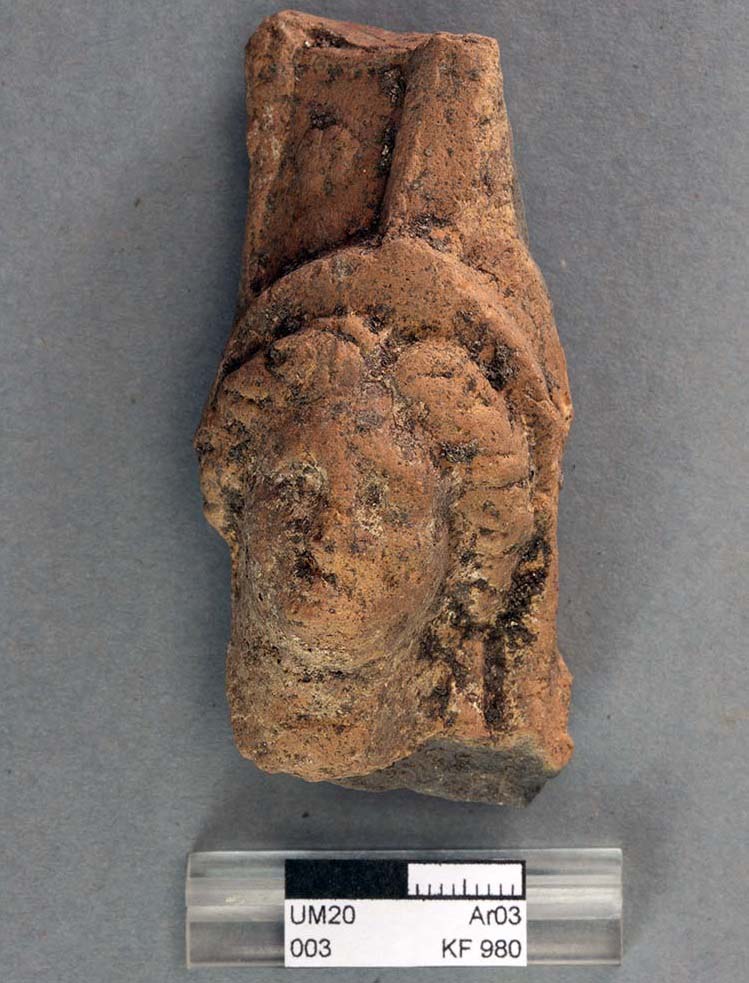Scientists working in a cave in the Dikili district of İzmir found some bones and stone tools dating back 14 thousand years. It is thought that the development that excites the experts may open a new page in the history of Western Anatolia.
In a cave rescue study carried out in the Dikili district of Izmir, 14,000 years ago Primitive tools and bone remains known to belong to them were found. The remains within the scope of the studies carried out with the permission of the General Directorate of Cultural Heritage and Museums of the Ministry of Culture and Tourism, History of Western Anatolia It is thought that it may lead to new developments for
Studies carried out in the cave continued to be used throughout history. revealed. According to the determinations, some rituals were also performed in the cave, which was dedicated to the mother goddess named Kybele in the period from the 6th century BC to the Roman Period. also Ottoman Empire Some remains that were determined to belong to the period were also found in the cave. However, no remains in the cave were as important as the tools and bones dating back 14,000 years.
Here are the primitive tools that were used 14,000 years ago
From the Late Paleolithic (epipalaeolithicThe primitive tools found to be ) have excited experts. Because the Director of the German Archaeological Institute working with Turkish scientists within the scope of research prof. Felix Pirson, the primitive tools found in Western Anatolia from the Epipalaeotic Period that the first findings stated. Stating that it is remarkable that flint stone is among the tools, the scientist spoke as follows about the findings they obtained:
The excitement created by the latest Göbeklitepe finds is one of the examples in this context. in Göbeklitepe Mankind created the first monumental architectural and plastic works in 10 thousand years BC. Although the Neolithic Age, which includes Göbeklitepe in its early stages, is relatively known; Less known is the earlier Paleolithic Age of mankind. To date, several Paleolithic finds have been identified in Southern and Southeastern Anatolia and are still being excavated. However, although surface finds belonging to some periods of the Paleolithic Age are known in Western Anatolia, that is, in the Aegean coasts and the transition region to Europe, no finds have been found in an archaeological filling belonging to the Paleolithic Period or the transitional phases to the Neolithic Period. could not be detected.

It is important to find tools made of flint from this period. Uncovered in archaeological fillings flint cores, technological parts and production residues reveal that the flaking process was carried out in the cave. Although the possibility that the flint raw material was collected from the creek bed in front of the cave is conceivable, the question of where exactly people obtained the flint stone has yet to be determined. not answered…
Source :
https://www.aa.com.tr/tr/kultur-sanat/izmirdeki-bir-magarada-14-bin-yil-oncesine-ait-insan-izleri-bulundu/2428122
